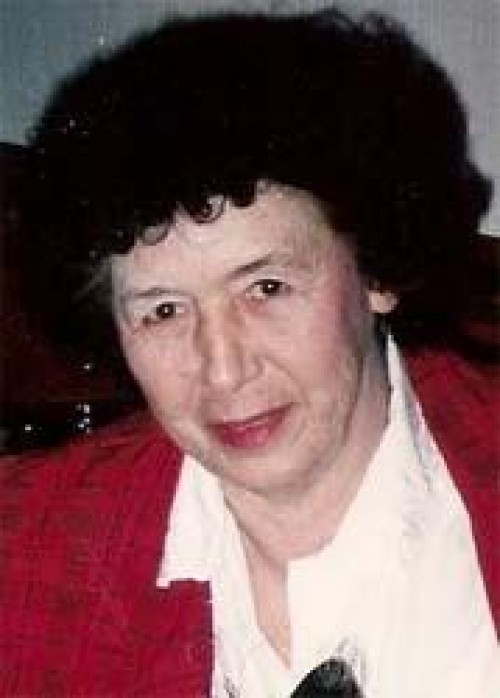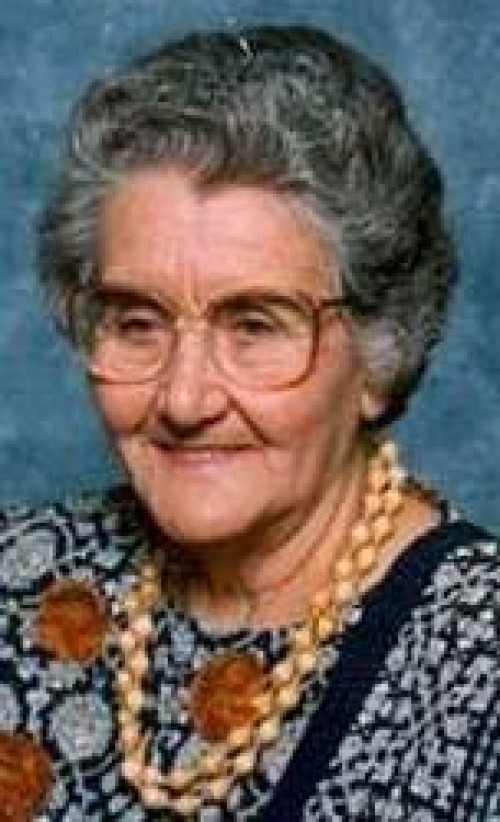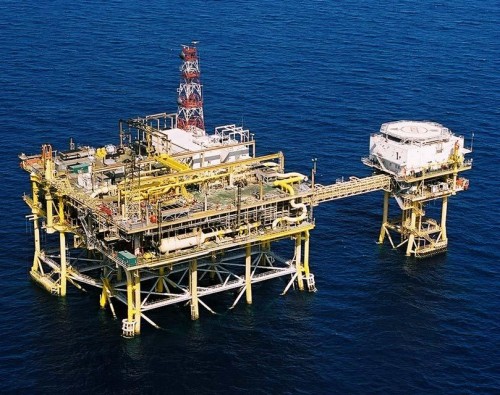
Louise "Toot" Marie Chiasson Fremin
October 7, 2008
Marie "Grum" Hartman Hebert
October 9, 2008Located around 18 miles south of Grand Isle, the Louisiana Offshore Oil Platform (LOOP) is the only deepwater port in the United States and consequently is the only port at which crude oil can be unloaded directly from supertankers.
All other ports are located along the coast or inshore. Crude oil has to be unloaded onto smaller vessels and transported to onshore locations because the supertankers are too large to navigate the onshore ports and ship channels. Unloading the crude onto smaller vessels is a costly and time-consuming process.
For that reason, LOOP was constructed by private companies in 1981, amid plenty of fanfare. Around a million barrels of foreign oil a day is handled by LOOP, amounting to roughly 13 percent of the foreign oil coming into the United States. The facility also handles more than a hundred thousand barrels of oil a day produced in the Gulf.
Measured another way, the average discharge for oil going through LOOP pipelines is around 60,000 barrels an hour.
The facility is privately-operated, owned by Marathon, Shell and Murphy oil companies, but “we’re obligated to move oil through at a nominal profit,” said Morgan Wolfe, general manager of operations. Even with high oil prices, “we’re still not printing money,” he said.
LOOP’s main facility out in the Gulf, called the Marine Terminal Platform, is not the site where crude is offloaded. (Fortunately, the terminal suffered little damage from Hurricane Gustav, said LOOP spokeswoman Barbe Hesterman, even though the eye of Gustav nearly passed over the terminal.)
The oil is unloaded at three Single Point Moorings tethered to the floor of the Gulf located 8,000 feet from the Marine Terminal. The crude flows from ships to the moorings via a flexible hose, then moves through a 56-inch underwater pipe to the terminal.
The facility has a helicopter pad, living areas, a vessel traffic control station and a pumping station with four 7,000-hp pumps which transport the oil onshore. Processing the crude requires two other pumping stations later during transport.
Crude oil is only handled at the pumping station at the terminal. The oil is measured and sampled, then transported to the Fourchon Booster Station through a 48-inch diameter pipeline.
The Fourchon station has four 6,000-hp pumps which send the oil 25 miles to the Clovelly Dome Storage Terminal near Galliano. Both the Fourchon Booster Station and Clovelly are part of LOOP.
Clovelly has a salt dome with eight caverns which can hold 50 million barrels of oil. The facility also has a 25 million barrel Brine Storage Reservoir from which brine is fed into the caverns, forcing the oil out. The brine is able to push out the crude because it is more dense than the oil.
Clovelly also has four 6,000-hp pumps. After passing through processing facilities in Baton Rouge and St. James Parish, pipelines transport the oil to refineries in the Midwest and along the Gulf Coast.
LOOP owns all the pipelines transporting the oil, from the buoys in the Gulf to the refineries.
LOOP recently celebrated the offloading of its eight billionth barrel of oil. Some of the tankers visiting the facility can hold up to three million barrels of crude.
Surprisingly, LOOP initially had trouble attracting vessels to the terminal out in the Gulf after opening in 1981.
Wolfe said, however, “Today we are healthy.”
LOOP may not be the only deepwater port in the U.S. for much longer, or even the biggest.
In August, a consortium of oil pipeline and storage companies announced they would spend $1.8 billion constructing a deepwater port called the Texas Offshore Port System (TOPS) off the coast of Texas.
The facility, two buoys and a terminal located in the Gulf 36 miles from Freeport, is projected to handle almost two billion barrels of oil a day, about 18 percent of foreign oil imports.
The oil would move through 85 miles of pipeline to storage facilities in Texas City and Port Arthur. From there, the oil would be pumped to refineries.
Hesterman said the new deepwater port would pose no competition for LOOP because TOPS would only service Texas.
The Louisiana Offshore Oil Platform (LOOP), located just 18 miles south of Grand Isle, is the nation’s only deepwater port at which crude oil can be unloaded directly from supertankers. * Photo courtesy of BARATARIA-TERREBONNE NATIONAL ESTUARY PROGRAM









